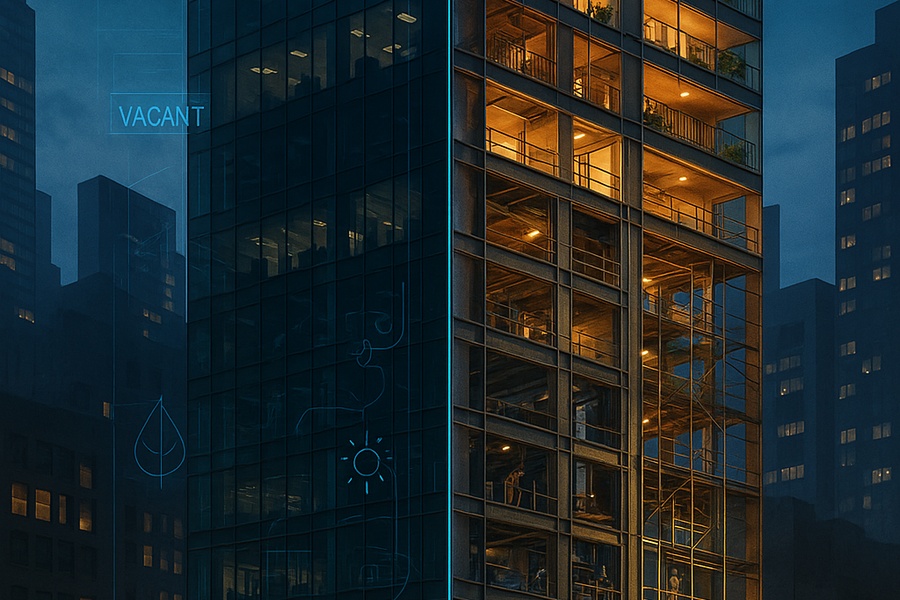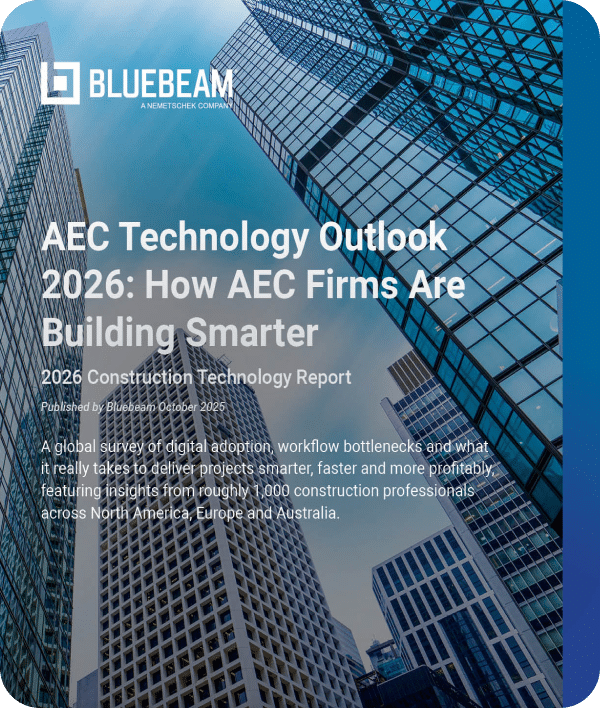Los Angeles has a reputation as an anti-pedestrian city. Home to some of the first highways in the United States, the Southern Californian city is a metropolis whose geography and culture has been defined by the ever-expanding reach of freeways and the motor vehicles needed to drive on them. The result is a sprawling urban space difficult to traverse via public transit or on foot.
Recently, however, an increased focus on environmental sustainability is changing the landscape—both literally and figuratively.
One of the most recently completed projects forwarding the creation of a more pedestrian-friendly L.A. is the Red Car Pedestrian Bridge, a car-free bridge constructed as part of the Los Angeles River Revitalization Master Plan (LARMP).
Deborah Weintraub, chief deputy city engineer for the City of Los Angeles Bureau of Engineering, said LARMP’s goal is to promote sustainability throughout L.A. by improving public access and the environment and ecological functions along the L.A. River. “The construction of pedestrian bridges over the L.A. River accomplishes many of the goals of the LARMP,” Weintraub said.
A bridge to the future
Citywide efforts such as the “Vision Zero” plan, which aims to reduce the city’s dependence on cars and decrease traffic deaths to zero by 2035, have led to an increase in pedestrian- and bike-friendly infrastructure projects throughout Los Angeles County that promise to change the nature of the city.
Even though increasing pedestrian access to natural areas like the L.A. River is a foundational goal of LARMP and Vision Zero, the placement of the Red Car Pedestrian Bridge was something of a happy accident.
“The idea for the design of the bridge actually came about during the pre-design and environmental analysis of another project—the seismic retrofit and widening of the Glendale Hyperion Complex of Bridges directly upstream,” Weintraub said. “The Environmental Impact Report for the project indicated that, when construction commences, the pedestrian access along the sidewalk of Glendale Blvd. will be severely limited.”
The report recommended that a pedestrian circulation mitigation such as a temporary walkway or bridge to cross the L.A. River be constructed to prevent major barriers to pedestrian access. When presenting these options to L.A.’s Council District 13, Weintraub and her team were presented with the idea of constructing a permanent bridge instead, using the existing red car trolley piers as the base of construction.
A pedestrian-focused approach
The Red Car Pedestrian Bridge is notable for the responsive quality of its design, which had to meet the demands of planned construction further down the river while taking advantage of existing infrastructure—which happened to be in just the right place.
“We needed a pedestrian bridge that was relatively close to the Glendale Hyperion Bridges to provide through access across the river,” Weintraub said. “And it just so happened that the existing concrete piers that once supported the now-defunct Red Car Trolley Bridge were directly downstream of the Glendale Hyperion Bridges.”
The council and the project team decided to use the existing abutments and foundation of the piers in the L.A. River as part of the new vertical supports for the pedestrian bridge. “The decision was extremely vital and beneficial to keeping the construction costs down as it prevented the need to excavate in the L.A. River Channel,” Weintraub said.
The project worked to honor the legacy of the historic bridge while providing responsive engineering solutions to the demands of its new uses.
“Since the new Pedestrian Bridge would be following the original alignment of the Red Car Trolley Bridge, our project team, in coordination with the Council and Department of Cultural Affairs, decided to paint the handrails on the bridge red to commemorate the Red Car Trolley,” Weintraub said. “From a structural design perspective, pedestrian bridges encounter intermittent moving live loads from people walking across the bridge. These intermittent loads cause excessive vibration and micro-deflections in the structural elements of the bridge, which eventually begin to experience fatigue as a result of several thousands of vibration cycles over the lifetime of the bridge.”
The team decided to meet these challenges with a truss bridge design, a structure which is particularly effective in resisting vibration.
“The intricate layout of a truss bridge with the interconnecting triangular members provides an extremely high load-bearing capacity and will ensure the bridge will maintain structural integrity,” Weintraub said. “Truss structures efficiently manage tension and compression loads by distributing the load through the different interlocked members. This means that no single part of the structure is resisting a disproportionate amount of load.”
A more walkable L.A.
Since its January 25, 2020, opening, the bridge has quickly become a popular destination for L.A. pedestrians and bikers. It has also received a positive reception from nearby communities. It was even named as a tourist destination by Discover Los Angeles.
But, for Weintraub, the greatest success of the project was its timely execution, with the finished bridge coming in two months ahead of schedule and under budget.
“When working in the Los Angeles River there is a dry season window that most of the work must be completed in, which are the months of April-October,” Weintraub said. “In that seven-month period, our entire project team was able to resolve many conflicts that arose from a delay in the fabrication of the bridge to having to completely realign the pedestrian path due to the presence of excessive tree roots. Our team was able to collaborate, discuss and resolve each issue in a timely fashion without having to escalate or defer.”
Looking toward the future, Weintraub said she hopes that the Red Car Pedestrian Bridge will be merely one of many successful pieces of pedestrian-focused infrastructure to come to the L.A. area.











